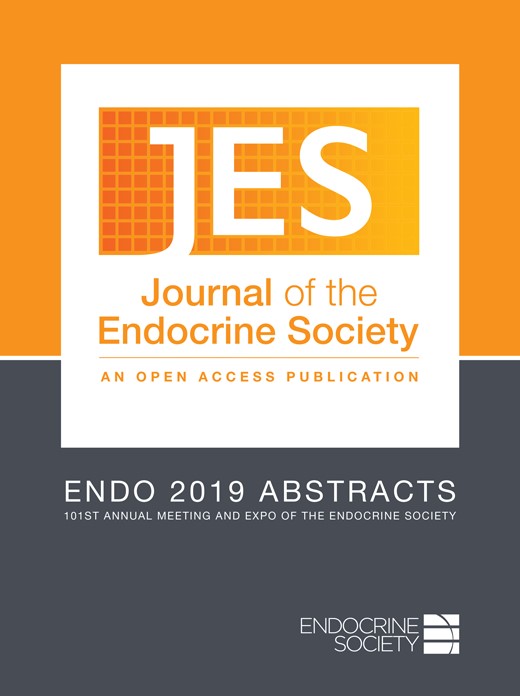- Split View
-
Views
-
Cite
Cite
Moira Cheung, Sophia Sakka, Robyn Gilbey-Cross, Mark Harries, Leigh Mathieson, SUN-523 XLH Outcome Data from One Centre Experience with Burosumab, Journal of the Endocrine Society, Volume 3, Issue Supplement_1, April-May 2019, SUN–523, https://doi.org/10.1210/js.2019-SUN-523
Close - Share Icon Share
Abstract
X-linked hypophosphataemia (XLH) is a rare, genetic, chronically debilitating and deformative bone disease that profoundly impacts the affected individual’s day-to-day functioning and quality of life. High levels of circulating fibroblast growth factor 23 (FGF23) lead to excess urinary phosphate excretion and subsequent hypophosphataemia, resulting in defective bone mineralisation. Burosumab is an anti-FGF23 fully human monoclonal antibody, and the first treatment to target the underlying pathophysiology of XLH. Real world evidence has an important role in validating the findings of clinical studies and capturing clinically relevant outcomes. We report the initial experience of burosumab from one UK centre Evelina London Children’s Hospital (ELCH) participating in the burosumab early access program (EAP). Methods An EAP for burosumab was made available for children in the United Kingdom with XLH in 12 specialist centres. Inclusion criteria for the EAP included radiographic evidence of disease, XLH confirmed by genetic PHEX mutation, confirmed familial X-linked inheritance mutation or family history. Patients must have also had an unsatisfactory response to best available care and treatment. EAP enrolment was between January and March 2018. A total of 142 applications were received of which 135 were approved with 132 receiving treatment to date.1 Of the 7 declined, 4 failed to meet diagnostic criteria and 3 had insufficient radiological evidence.1 Treatment, including, dose was in accordance with the EMA marketing authorisation. Results Data are available on 9 ELCH patients who had completed the initial 12-week burosumab titration period and 7 patients with 24 week data. Mean age was 6.87 years (range 1.5-16.33 years (44% female)). The mean height and weight at week 0 was 105.7 cm (75-153 cm) and 20.92 kg (10.5-40.5 kg). Mean dose was 0.60 mg/kg at week 0 and 0.90 mg/kg at the end of the initial titration period at week 12 (0.91 mg/kg at week 24). Mean serum phosphorus was 0.67 mmol/L (0.5-0.8 mmol/L) in week 0 and 0.99 mmol/L at week 12 and 1.07 mmol/L at week 24 (0.9-1.3 mmol/L) representing a 60% increase in serum phosphorus levels at week 24. Mean serum ALP fell from 412.44 IU/L (269-495 IU/L) at week 0 to 364.44 IU/L at week 12 and 371.86 IU/L at week 24 (271-508 IU/L). 6MWT and TUG scores were available for 4 patients. A mean increase of 144.25 m (56%) was seen from 258 m at baseline to 402.25 by week 24. TUG scores increased by 32% from 5.74 (5.01-6.4) at baseline to 7.57 (5.39-11.43) by week 24. No patients had discontinued treatment to date due to adverse events.1Conclusions Early data from treating XLH patients with burosumab in a real-world UK setting from one centre demonstrates that key biochemical responses are in line with findings from the clinical study program. Improvements in clinically meaningful relevant outcomes such as 6MWT and TUG scores were also seen. References 1. Kyowa Kirin - data on file



